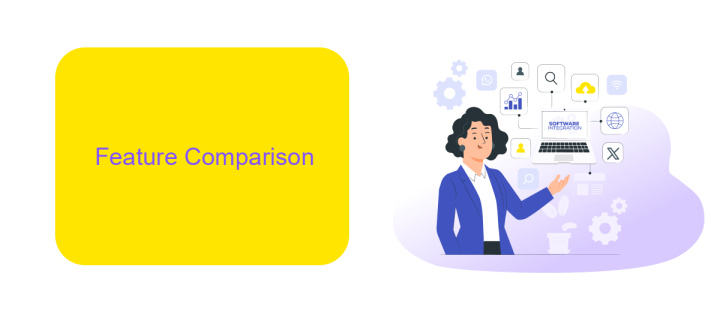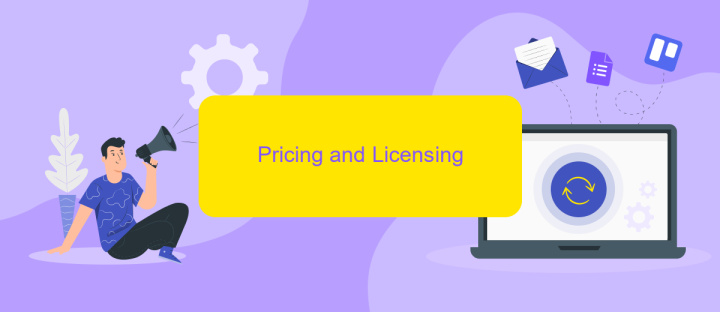Open RPA Vs UiPath
In the rapidly evolving field of robotic process automation (RPA), two prominent tools stand out: Open RPA and UiPath. Both offer unique features and capabilities, catering to diverse automation needs. This article delves into a comparative analysis of Open RPA and UiPath, examining their strengths, weaknesses, and ideal use cases to help organizations make informed decisions.
Overview of Open RPA and UiPath
Open RPA and UiPath are two prominent tools in the realm of Robotic Process Automation (RPA), each offering unique features and capabilities. Open RPA is an open-source platform that provides flexibility and customization options, making it ideal for developers who prefer a more hands-on approach. UiPath, on the other hand, is a commercial solution known for its user-friendly interface and extensive support, catering to both technical and non-technical users.
- Open RPA: Open-source, highly customizable, developer-friendly.
- UiPath: Commercial, user-friendly, extensive support and documentation.
Both platforms excel in automating repetitive tasks and integrating with various systems. For businesses looking to streamline integration processes, services like ApiX-Drive can be invaluable. ApiX-Drive simplifies the setup of integrations between different applications, enhancing the capabilities of both Open RPA and UiPath. By leveraging such services, organizations can achieve seamless automation and improved operational efficiency.
Feature Comparison

When comparing Open RPA and UiPath, one of the key differences lies in their licensing models. Open RPA is an open-source platform, offering a cost-effective solution for businesses looking to automate processes without incurring high licensing fees. In contrast, UiPath operates on a subscription-based model, which can be more expensive but provides extensive customer support and regular updates, making it a preferred choice for larger enterprises.
Another significant difference is in their integration capabilities. Open RPA allows for flexible integrations with various systems and applications, often requiring technical expertise to set up. UiPath, on the other hand, offers a more user-friendly approach with a wide range of pre-built connectors and integrations. For example, services like ApiX-Drive can be used with both platforms to streamline the integration process, but UiPath's extensive library of built-in connectors simplifies this task significantly, making it easier for users to connect different applications and automate workflows efficiently.
Pricing and Licensing

When comparing Open RPA and UiPath, pricing and licensing are critical factors to consider. Open RPA offers a free and open-source solution, making it an attractive choice for small businesses and startups with limited budgets. In contrast, UiPath operates on a subscription-based model, which can become costly, especially for larger enterprises requiring extensive automation capabilities.
- Open RPA: Free and open-source, no licensing fees.
- UiPath: Subscription-based pricing, with various tiers depending on the features and scale required.
For organizations looking to integrate third-party applications seamlessly, services like ApiX-Drive can be instrumental. ApiX-Drive offers easy integration solutions that can complement both Open RPA and UiPath, enhancing their automation capabilities without significant additional costs. Therefore, while Open RPA may be more cost-effective initially, UiPath's comprehensive features and support might justify its higher price for larger-scale operations.
Case Studies and Success Stories

Open RPA and UiPath have both demonstrated their capabilities through various case studies and success stories. Companies across different industries have leveraged these tools to streamline their operations, reduce costs, and enhance productivity.
For instance, a financial services company implemented UiPath to automate repetitive tasks, resulting in a 40% reduction in processing time. On the other hand, a healthcare provider utilized Open RPA to manage patient data more efficiently, leading to improved patient care and operational efficiency.
- A retail chain used UiPath to automate inventory management, achieving a 30% decrease in stock discrepancies.
- A logistics company integrated Open RPA with ApiX-Drive to automate order processing, reducing manual errors by 50%.
- A telecommunications firm employed UiPath for customer service automation, enhancing response times by 60%.
These success stories highlight the versatility and effectiveness of both Open RPA and UiPath in various sectors. By leveraging these tools, organizations can achieve significant improvements in their workflows, ultimately leading to better service delivery and customer satisfaction.
Conclusion
In conclusion, both Open RPA and UiPath offer robust solutions for automating business processes, each with its own set of strengths. Open RPA stands out for its open-source nature, flexibility, and cost-effectiveness, making it an attractive option for developers and organizations seeking customizable automation tools without significant financial investment. On the other hand, UiPath excels in providing a comprehensive, user-friendly platform with extensive support and advanced features, which can be particularly beneficial for enterprises looking for a scalable and reliable solution.
When considering integration capabilities, services like ApiX-Drive can play a crucial role in enhancing the automation experience by seamlessly connecting various applications and systems. ApiX-Drive offers a straightforward way to set up integrations, ensuring that both Open RPA and UiPath can communicate effectively with other tools and services within your tech stack. Ultimately, the choice between Open RPA and UiPath will depend on your specific needs, budget, and the level of support required for your automation projects.
FAQ
What are the main differences between Open RPA and UiPath?
Which is easier to use for beginners, Open RPA or UiPath?
Can Open RPA and UiPath be integrated with other software systems?
What kind of support can I expect from Open RPA and UiPath?
How can I implement automation and integrations using Open RPA or UiPath?
Apix-Drive is a simple and efficient system connector that will help you automate routine tasks and optimize business processes. You can save time and money, direct these resources to more important purposes. Test ApiX-Drive and make sure that this tool will relieve your employees and after 5 minutes of settings your business will start working faster.

